The succulent plant Crassula ovata, also known as the jade plant, lucky plant, money plant, or money tree, is indigenous to the South African provinces of KwaZulu-Natal and the Eastern Cape as well as Mozambique. It is widely used as a houseplant around the world. The jade plant is a low-maintenance perennial shrub that blooms in the summer with delicate pink or white flowers [1].
This lovely houseplant thrives well in a home environment. Consequently, you ought to keep one at home. This article will go through jade plant benefits to urge you to buy one if you already do not have one indoors.
If you are interested in houseplant benefits, you can also read
<<Prayer Plant Benefits>> and <<Elephant ear Plant Benefits>> articles.
Geography
Jade plants are indigenous to dry regions of Africa. They can reach heights of up to 10 feet in their natural habitat or comparable environments, with a thick, meaty trunk supporting short branches covered in small, chubby leaves with a moist and fleshy core.
Like cactus and Aloe vera, Jade plants employ their interior as a reservoir to hold the little water they can access. They have very little evaporation since they have glossy leaves, waxy trunks, and branches [2].
Why is the jade plant so popular as a houseplant?
Jade plant is a very well-liked plant, both as an interior plant and an outdoor plant in non-freezing climates. Owners are delighted with the glossy leaves, a diverse range of forms and colors, and low maintenance requirements of this plant.
Even indoor Jade plants can bloom with adequate heat, light, and fertilizer. Jade plants make excellent and durable bonsai and respond well to root restriction and trimming but poorly to wiring techniques. Under the pressure of the thin wires, the soft, fleshy trunks frequently become scarred.
Jade plant benefits
The benefits of jade plants are numerous. The following are some advantages that these small hanging succulents can provide for your living space:
Air purifying
Recent studies by scientists revealed that indoor air might be just as dangerous and toxic as outdoor air. Weakness, weariness, headaches, allergies and sleeplessness can all be brought on by the presence of volatile organic chemicals such as acetone, benzene, and toluene in your home environment.
Paints, wood, preservatives, and moth repellents are likely to introduce these substances into your home. Adding air-purifying houseplants like the snake plant, golden pothos, spider plant, dracaena, aloe vera, and the jade plant can help reduce these volatile compounds. However, still, appropriate ventilation is the best approach to prevent VOC accumulation in home environment.
According to a study from New York State University, a jade plant can eliminate these VOCs. It works well at eliminating acetone and toluene.
Symbol Of Good Fortune
Most people keep Crassula ovata in their homes since they believe these plants bring luck. According to Chinese feng shui, this plant can activate and dispel negative energy from a space. Jade plant promotes joy, money, success, and better health.
Reduces co2 at night
The jade plant uses a unique carbon fixation metabolism, as do several other arid region plant species, including the mother-in-law’s tongue. They feature a unique mechanism known as CAM (Crassulacean Acid Metabolism). Jade plants can absorb CO2 at night thanks to the CAM mechanism. It is one of the few plants that may be grown indoors to improve the air quality at night.
jade plant flowers
Increases humidity
Indoor air with a low relative moisture content can affect your safety and appearance. Some signs include soft eyes, brittle hair, an itchy neck, static energy, colds and fevers, and asthma. In addition, In dry soil, infectious bacteria and viruses may survive for a long time.
A humidifier is a primary tool for increasing indoor moisture; however, houseplants can also help. According to a Kansas State University study, spider and jade plants can raise relative humidity. The jade plant can produce evapotranspiration in the dark since it uses Crassulacean Acid Metabolism.
Better sleep
For better health and rest, you need oxygen. Photosynthesis slows at night, which raises the CO2 concentration. However, if you have a jade plant in your bedroom, you can maintain the oxygen level high and the C02 level low.
As was already noted, jade plants may also purge the air of dangerous VOCs. This lessens the contamination in your bedroom, which may also improve your sleep quality. Allow jade plants to calm your thoughts so you can sleep well.
Easy to keep indoors
Jade plants have low maintenance requirements, so you can easily take advantage of jade plant benefits in your home. Jade plants are succulents; therefore, they do not need a lot of water, which might save your expenses.
You should only water them around every two weeks or so. Jade plants prefer warmer temperatures, namely between 55 and 75 °F (12 and 24 °C), and well-draining potting soil. Jade plants need sunlight for at least four to six hours daily, ideally in the morning.
Due to their slow growth rate, you will not need to prune these fantastic succulents a lot. They also do not require much fertilizer, which makes them a great hands-off plant for people with busy schedules. Additionally, common pests and diseases pose few problems for jade plants.
Increase the Beauty of Home
With its lustrous, oblong, or round leaves that sparkle in a deep shade of black, the jade plant gives a touch of beauty. Due to its flappy design, which resembles a little tree, it complements every kind of house interior. It is ideal for office chairs and dining tables thanks to its modern style. In addition, in the late winter and early spring, you will also see some lovely pink and white flowers here.
Easy to propagate
By increasing propagation, you can maximize the benefits of jade plants. It is simple to grow these succulent superstars from cuttings. Even one leaf can be used to spread them. However, stem cutting is the simplest method.
Select a stem that is a few inches long, has numerous leaves, and has nodes that are clearly visible. Make a precise cut, then remove the lowest leaves. The cutting can be planted in potting soil or a glass of water to root.
Good for skin
Another Crassula plant benefits is that it can treat a variety of illnesses and skin issues. It can cure burns to the skin as well as wounds, corns, swelling, itching, boils, cuts, and scrapes.
The juice from the Jade Plant’s leaves must be extracted and applied topically to the skin in order to treat such skin issues. The antiviral, anti-inflammatory, and antibacterial properties of jade plant juice aid in wound healing and reduce discomfort.
A medicinal plant
Although the jade plant is not a significant component of herbal medicine, it is suggested for warts in folk treatments. This method involves cutting a leaf and covering the wart with the moist flesh for a few days. After continuous exposure, the wart will come out if the treatment is successful.
Additionally, this plant can be used to relieve nausea. Crassula ovata is also used in Africa to treat epilepsy, diarrhea, corns, and to cleanse the intestines. The stone lotus, a jade plant type with angular leaves, is used to alleviate diabetic symptoms in China [2].
Warnings
Jade plants are thought to be non-toxic to people. However, there is little information on the plant in the medical literature. So, to take advantage of jade plant benefits, caution is needed.
External applications should be started on very small test patches of skin. In addition, Using the internal parts of the jade plant should not be undertaken without caution and supervision until you are assured that no harm will result.
Never try to treat your pet with a jade plant. Although some people advise using it on diabetic cats, others believe it is dangerous to cats as well. It is categorized as toxic to dogs.

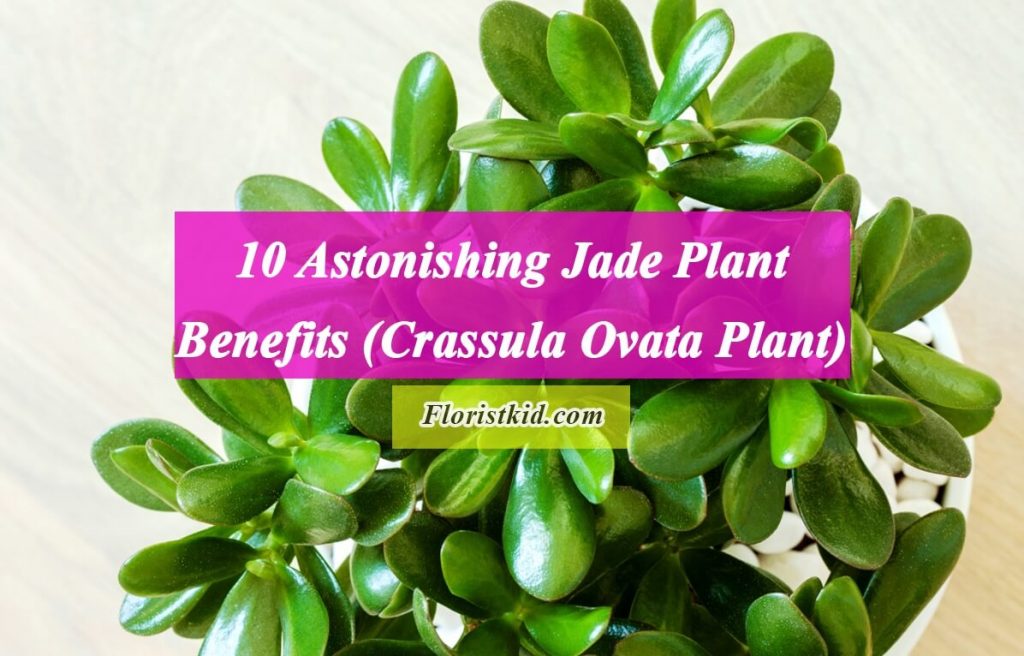
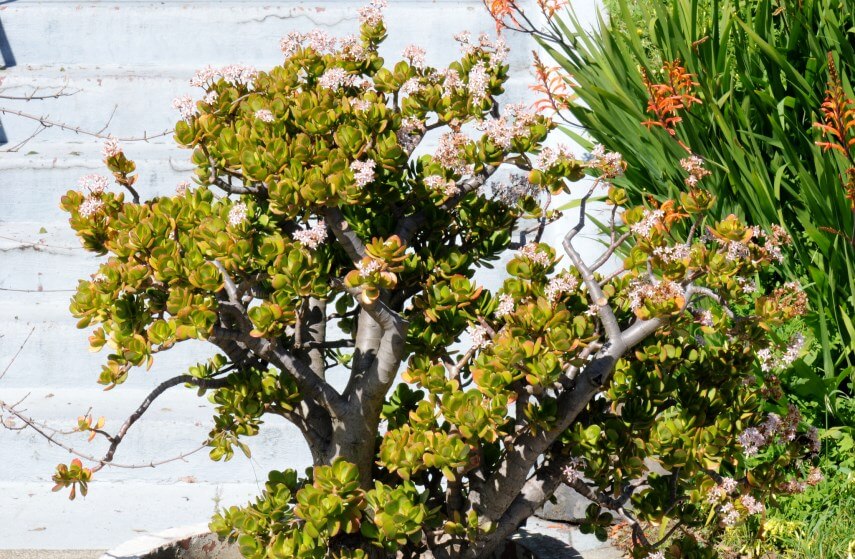
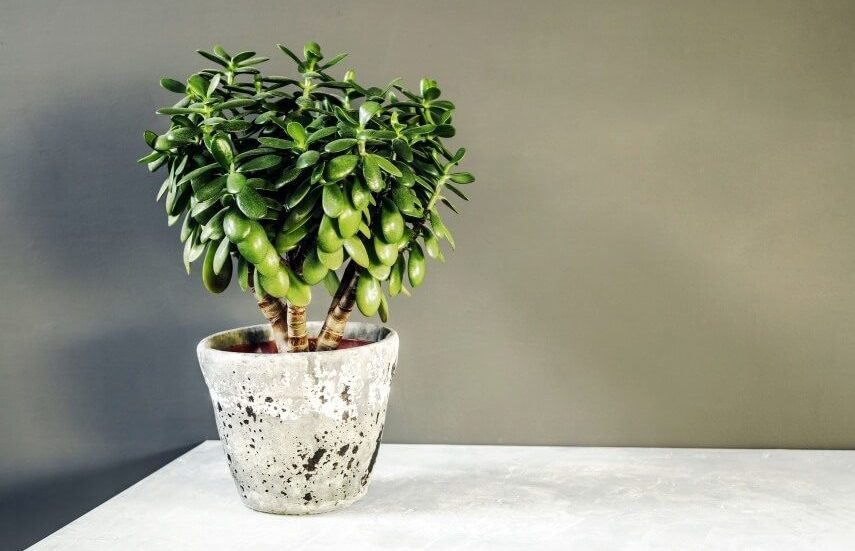

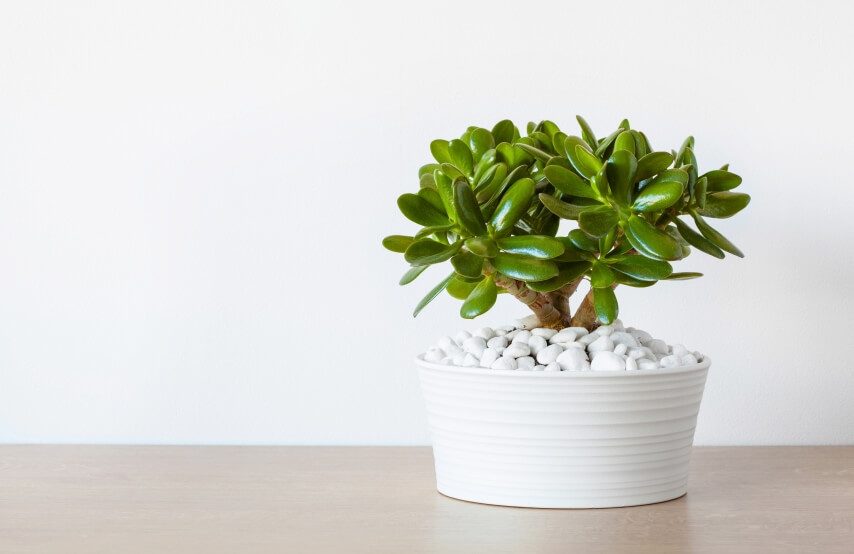
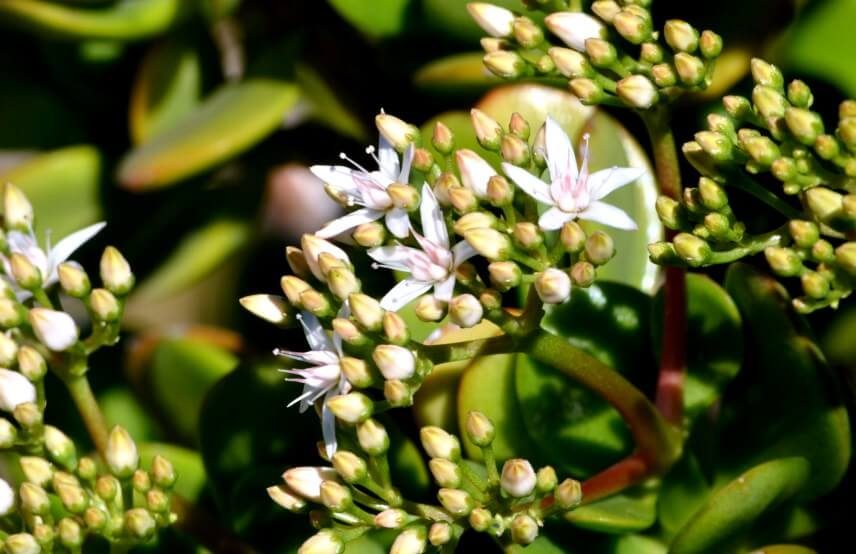
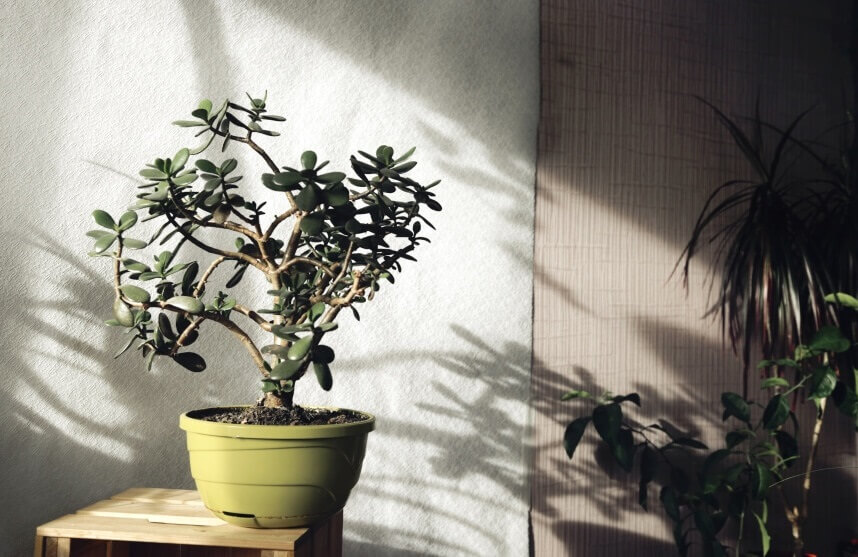
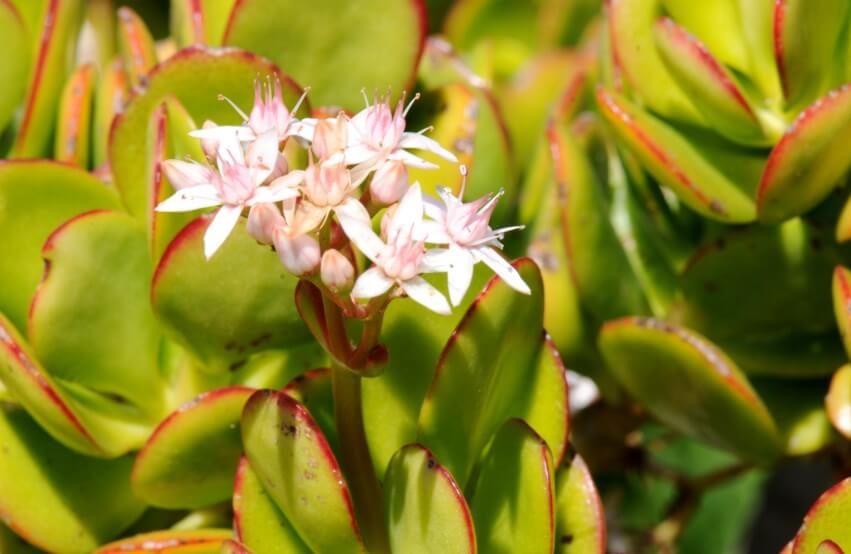


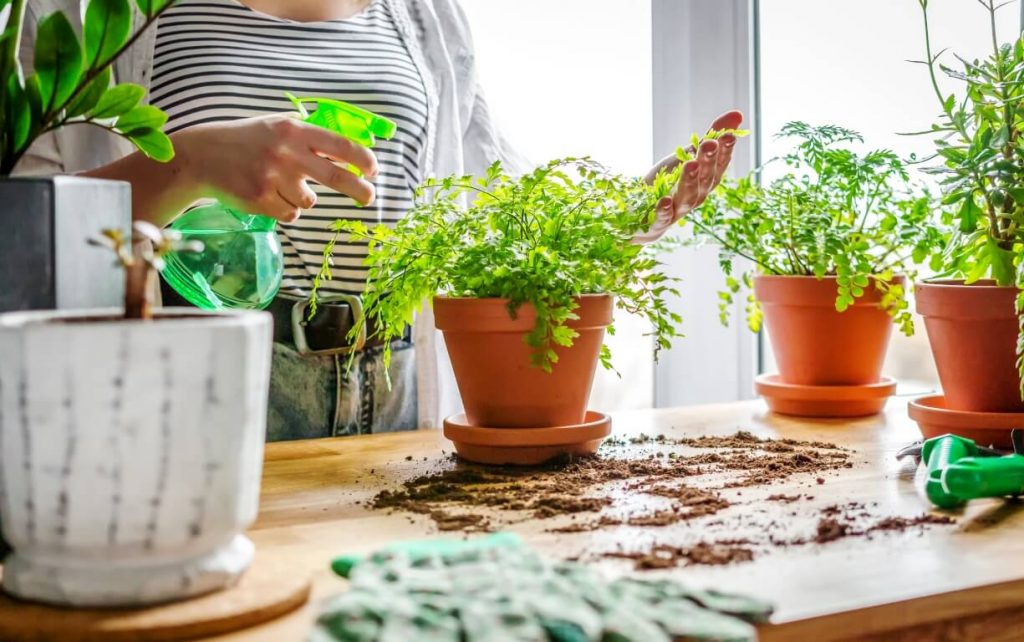
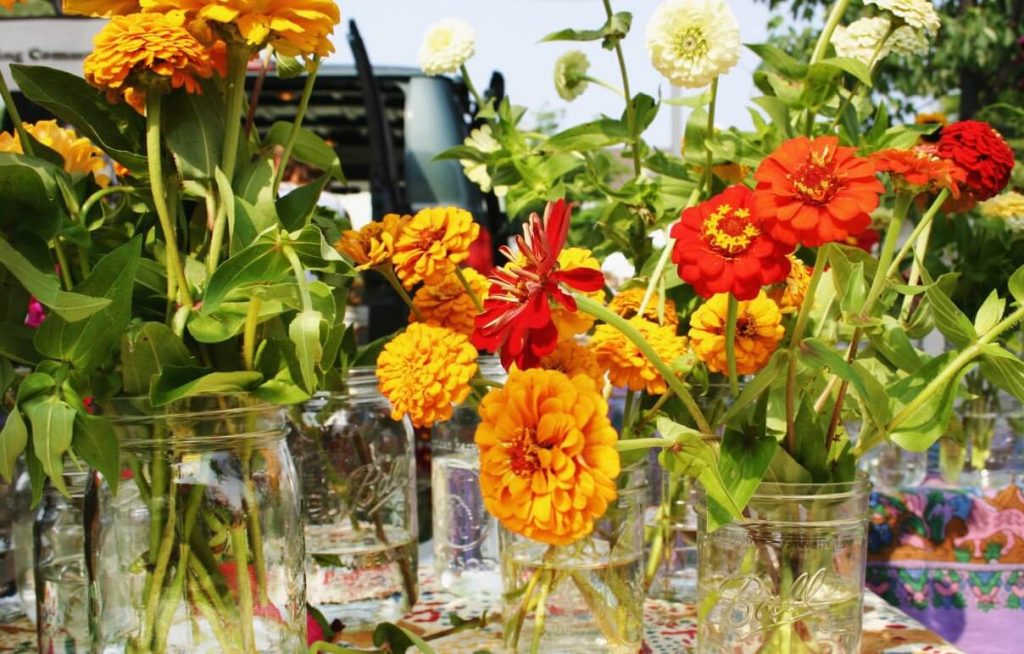
I like to here more benefits about crassula plant and can you consume it?
No, Jade plants are not edible.